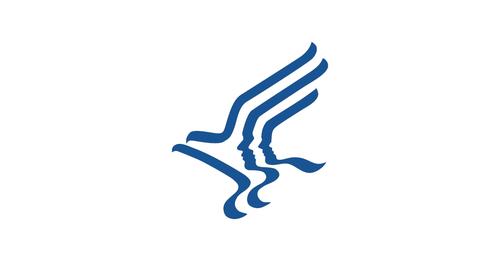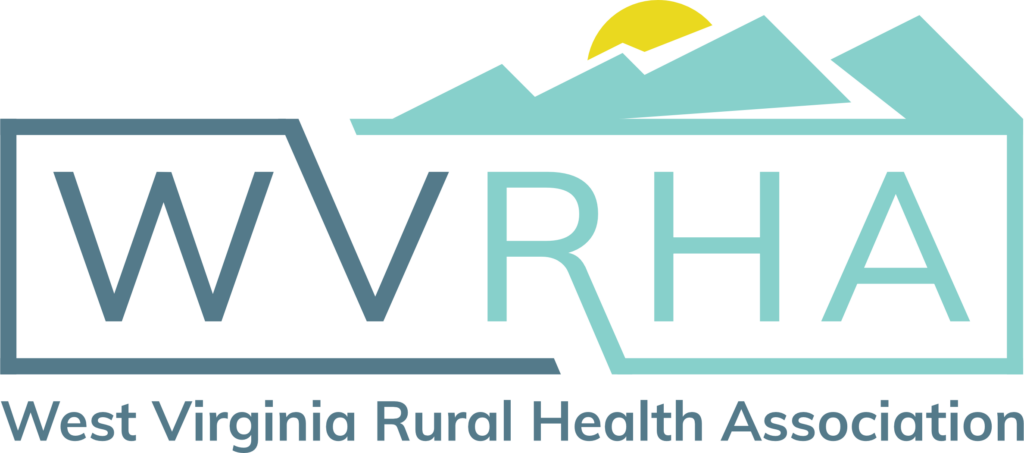
HHS Awards $23 Million to Support Evidence-Based Teen Pregnancy Prevention Programs
HHS Awards $23 Million to Support Evidence-Based Teen Pregnancy Prevention Programs
The U.S. Department of Health and Human Services (HHS), through the Office of Population Affairs (OPA), is announcing approximately $23 million in funding to foster innovation, provide new research, and expand the evidence to support and advance equity in the Teen Pregnancy Prevention (TPP) program. The TPP program is a national, competitive program that provides funding to replicate and scale evidence-based programs and develop and evaluate new and innovative approaches to prevent unintentional teen pregnancy and sexually transmitted infections (STIs) among adolescents, promote positive youth development, and advance equity in adolescent health.
“Our TPP program provides new research on innovative practices or specific populations and settings, which can support greater equity in TPP programming overall,” said Admiral Rachel L. Levine, Assistant Secretary for Health. “The overarching goal is to improve adolescent sexual and reproductive health, promote positive youth development, and advance health equity.”
Through the TPP program, HHS seeks to advance equity in adolescent health by supporting projects that create, identify, and scale effective approaches in communities and populations with the greatest needs and facing significant disparities across the country to improve adolescent health and well-being. Collectively, these 18 new Tier 2 projects, along with the 53 new Tier 1 projects OPA announced in June 2023, demonstrate how OPA’s TPP Program is responsive to the needs of youth, their families, and communities.
“All the new interventions address gaps in the current evidence base and have the potential to contribute new evidence-based interventions for future implementation to scale through OPA’s TPP program,” said Jessica Swafford Marcella, HHS Deputy Assistant Secretary for Population Affairs. “These awards reflect the Biden-Harris administration’s commitment to both sexual and reproductive health and to prioritizing health equity.”
The TPP Tier 2 Rigorous Evaluation cooperative agreements will support 12 projects that will implement and rigorously evaluate a wide diversity of promising interventions. The new interventions include those for youth in foster care, youth in juvenile justice, rural youth, expectant and parenting teens, younger adolescents in middle school, as well as intervention geared for parents, and clinical providers. The projects will also evaluate interventions that use newer modalities including videos, video games, and virtual implementation. These awards are for five-year project periods beginning September 15, 2023. Read the full list of new TPP Tier 2 Rigorous Evaluation grantees on the OPA website.
The TPP Tier 2 Adolescent Sexual Health Innovations Hub cooperative agreements will support six projects that will develop, refine, and test additional models and innovative strategies. The Innovation Hubs will work collaboratively to support numerous Innovation Development Teams (IDTs) starting with initial discovery and idea generation, through early testing to determine feasibility, and all the way through to preparing for an impact evaluation. Two of the new Innovation Hubs are Incubators and will support multiple cohorts of IDTs in discovery, exploring gaps and user needs, and building ideas through to prototype using participatory methods. Three of the new Hubs are Accelerators and will support multiple cohorts of IDTs with existing prototypes that demonstrate feasibility, appropriateness, and desirability, to rigorously test, refine, and prepare for future impact evaluation and dissemination. One of the new Hubs is a hybrid model and will support multiple cohorts of IDTs as a combined version of the Incubator and Accelerator models. These awards are for five-year project periods beginning September 15, 2023. Read the full list of new TPP Tier 2 Adolescent Sexual Health Innovation Hub grantees on the OPA website.

